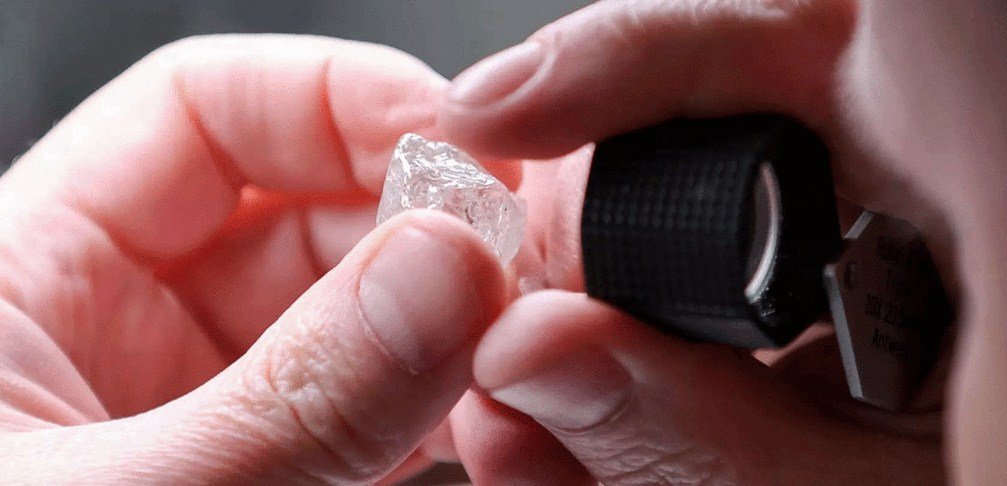The diamond industry is facing a double whammy of falling demand and rising supply, as the coronavirus pandemic and the emergence of lab-grown gems disrupt the market. The glut of diamonds is putting pressure on prices and profits, forcing miners, manufacturers, and jewelers to adapt to the changing landscape.
Pandemic Hits Diamond Demand Hard
The Covid-19 outbreak has had a devastating impact on the global economy, affecting consumer confidence and spending. The diamond industry, which relies heavily on discretionary purchases, has been hit hard by the lockdowns and travel restrictions that have curtailed retail sales and tourism.
According to the World Diamond Council, global diamond jewelry sales fell by 15% in 2020, reaching $64 billion, the lowest level since 2009. The decline was especially sharp in key markets such as the US, China, and India, which account for about 80% of the world’s diamond consumption.
The drop in demand has also affected the upstream segment of the industry, where rough diamonds are mined and sold to manufacturers who cut and polish them. De Beers, the world’s largest diamond producer, saw its sales plunge by 61% in 2020, reaching $2.1 billion, the lowest since the company started publishing data in 2016. The company also reduced its production by 22% to 25.1 million carats, the lowest since 2009.
Another major producer, Russia’s Alrosa, also reported a 42% decline in sales and a 22% reduction in output in 2020. Both companies have been offering flexible terms and discounts to their customers, as well as suspending some of their auctions and tenders, to cope with the excess inventory and weak demand.
Lab-Grown Diamonds Add to the Supply Glut
Another challenge facing the diamond industry is the rise of lab-grown diamonds, which are created by replicating the natural process of diamond formation in controlled environments. Lab-grown diamonds have been gaining popularity in recent years, as they offer lower prices, environmental benefits, and ethical assurances compared to mined diamonds.
According to a report by Bain & Company, the global market for lab-grown diamonds grew by 15-20% in 2020, reaching $1.9-$2.1 billion, while the market for mined diamonds shrank by 15%. The report also estimated that the production capacity of lab-grown diamonds increased by 50-60% in 2020, reaching 29-32 million carats, exceeding the output of mined diamonds for the first time.
The growing availability and affordability of lab-grown diamonds have put downward pressure on the prices of mined diamonds, especially in the lower-quality segments. According to the Rapaport Diamond Index, the average price of one-carat polished diamonds fell by 8% in 2020, while the price of 0.30-carat polished diamonds fell by 13%.
The diamond industry has been trying to differentiate its products from lab-grown diamonds, by emphasizing the rarity, authenticity, and emotional value of mined diamonds. De Beers has launched a $20 million marketing campaign, reviving its iconic slogan “A Diamond Is Forever”, to boost consumer demand during the holiday season. The company has also invested in blockchain technology, called Tracr, to provide traceability and provenance information for its diamonds, enhancing consumer confidence and trust.
The Outlook for the Diamond Industry
The diamond industry is facing a challenging and uncertain future, as the pandemic and the lab-grown diamonds disrupt the supply-demand balance and the consumer preferences. The industry will need to adapt to the changing market conditions, by improving its efficiency, transparency, and sustainability, as well as by offering more value and innovation to its customers.
The industry is also hoping for a recovery in demand, as the vaccination programs and the stimulus measures boost the global economy and consumer confidence. According to the World Diamond Council, the diamond jewelry sales are expected to grow by 2.5-4.5% in 2021, reaching $66-$68 billion, driven by the pent-up demand and the wedding season. However, the recovery will depend on the evolution of the pandemic and the consumer behavior, which remain unpredictable and volatile.

